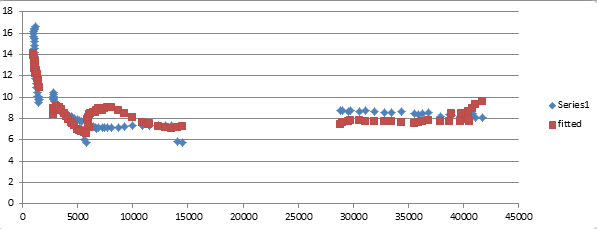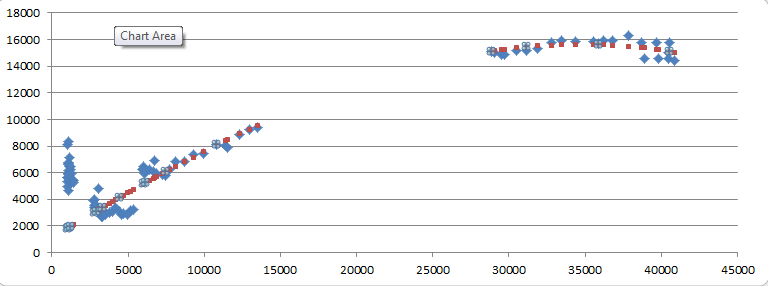1) Masks don’t work. Not a single RCT study has shown positive effects of mask mandates in the community setting.
2) Lockdowns don’t work (very well). When factors like demographics and pop density are taken into account, they maybe shaved 10% off the curve. Maybe.
3) The Infection Fatality Rate is low – 0.03% even without using any effective treatments. Anyone under 70 faces a risk from COVID lower than from the flu. For young adults and children the risk is miniscule. Over 70s face higher and risking risks (but that’s true for lots of things).
4) There isn’t much evidence of asymptomatic transmission. So if you’re not sick, you don’t need to change your behaviour at all. There’s really no evidence you could harm others.
5) Vaccines appear to provide protection against symptomatic infection, but they have some short-term negative side effects. Spike proteins escape into the vascular system and can cause blood clots, or concentrate in the ovaries of women. While these cases are rare, their likelihood is higher among younger vaccine recipients. Women face a higher risk of negative side effects than men.
6) Longer-term effects of the (mRNA) vaccines are unknown. They may include fertility effects, damage to brain tissue or other unknown effects. Fetuses may be negatively impacted in cases where spike protein escapes into ovaries or is passed through the umbilical chord.
7) The best evidence suggests immuno-protection afforded by previous infection is likely to be lifelong. So if you’ve had COVID, there is little reason for you to wear a mask, get vaccinated or behave in any way other than normal.
8) There exists at least one off-patent, readily available, and safe drug for prophalaxis and treatment of COVID, which obtains results close to, if not at par with, those of the experimental mRNA vaccines. It is called Ivermectin. Those familiar with the wealth of extant data are convinced that if it were prescribed en masse tomorrow, the pandemic, such as it is, would be over in a month.


